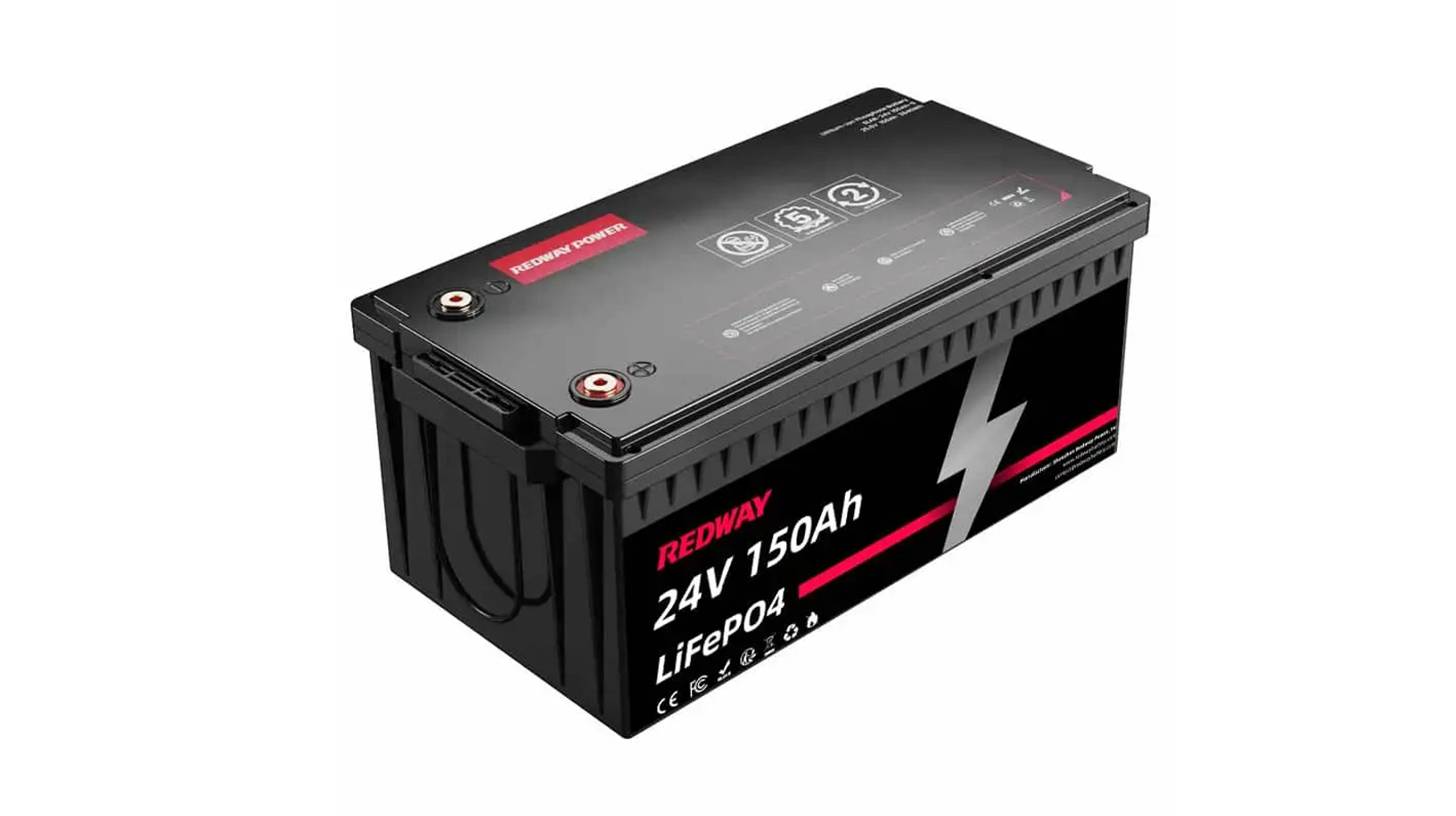In recent years, a new type of battery has emerged as an alternative to conventional lead-acid batteries for energy storage and solar applications. These batteries are called valve-regulated lead-acid (VRLA) batteries, and they come in two types: gel batteries and absorbed glass mat (AGM) batteries. Gel batteries and AGM batteries offer numerous advantages over traditional flooded lead-acid batteries, such as being sealed and non-spillable, maintenance-free, and resistant to vibration. In this article, we will focus on gel batteries and provide you with all the essential information you need to know.
Similarities between Gel and AGM batteries:
Both gel batteries and AGM batteries are classified as lead-acid batteries and are considered “recombinant” batteries. This means that the oxygen produced on the positive plates of these batteries is absorbed by the negative plates, preventing the production of hydrogen gas. As a result, the batteries are self-replenishing and never require the addition of water to the electrolyte. Both gel and AGM batteries are also valve-regulated, meaning they are sealed and regulated by safety valves.
Advantages of Gel Batteries:
Gel batteries, in particular, offer several benefits. They are completely maintenance-free and can be installed and operated in any position except upside-down. They are also more rugged and resistant to vibration, making them ideal for rough terrains. Gel batteries are spill-proof and emit no fumes, ensuring a safe and clean environment. Additionally, they have a longer lifespan compared to flooded lead-acid batteries, with a common lifespan of up to six years for 12-volt gel batteries and at least 15 years for 2-volt traction gel batteries.
Lifespan of Gel Batteries:
The lifespan of a gel battery depends on various factors such as usage, maintenance, charging, and temperature. On average, a 12-volt gel battery can last up to six years when kept in a charged state and retains 80% of its original capacity after five or six years. Higher temperatures can shorten the lifespan of the battery. For 2-volt traction gel batteries, the lifespan is at least 15 years, making them suitable for larger systems that require intensive use and a longer lifespan.
Safety Considerations:
It is important to handle gel batteries properly, as with any other battery. Gel batteries contain lead and sulfuric acid, which are toxic and considered dangerous. Charging the batteries can produce hydrogen gas, which is highly flammable and can cause an explosion. Therefore, it is crucial to follow the instructions and warnings attached to the battery and have them installed by a trained professional.
Top 10 Questions and Answers for Energy Storage and Solar Practitioners:
1. What are the advantages of using gel batteries for energy storage and solar applications?
– Gel batteries are sealed, non-spillable, maintenance-free, and resistant to vibration. They also have a longer lifespan compared to traditional flooded lead-acid batteries.
2. Can gel batteries be installed in any position?
– Yes, gel batteries can be installed and operated in any position except upside-down.
3. How long do gel batteries typically last?
– The common lifespan of a 12-volt gel battery is up to six years when kept in a charged state. 2-volt traction gel batteries can last at least 15 years.
4. What factors can affect the lifespan of gel batteries?
– The lifespan of gel batteries can be influenced by factors such as usage, maintenance, charging, and temperature. Higher temperatures can shorten the battery’s lifespan.
5. Are gel batteries safe to use?
– Gel batteries are safe to use if handled properly. It is important to follow the instructions and warnings provided by the manufacturer and have them installed by a trained professional.
6. Can gel batteries be used in rough terrains?
– Yes, gel batteries are more rugged and resistant to vibration, making them suitable for rough terrains.
7. Are gel batteries environmentally friendly?
– Yes, gel batteries are spill-proof and emit no fumes, making them environmentally friendly.
8. Can gel batteries be used for large energy storage systems?
– Yes, 2-volt traction gel batteries have a longer lifespan and are suitable for larger systems that require intensive use and a longer lifespan.
9. How often do gel batteries need to be maintained?
– Gel batteries are maintenance-free and do not require regular maintenance.
10. Can gel batteries be recycled?
– Yes, like all batteries, gel batteries should be recycled through approved agencies to prevent improper disposal and pollution.



